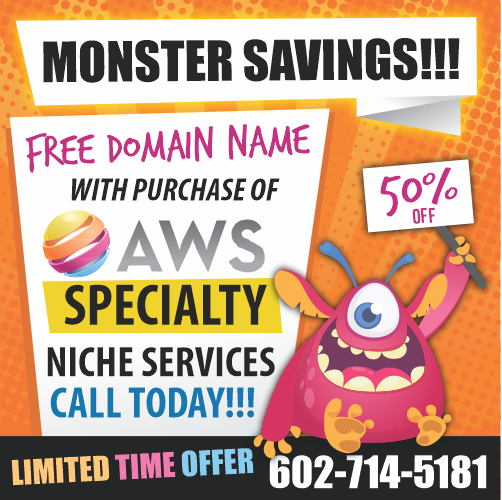Is your business on a collision course with a train, but yet you’re 100% focused on getting more people to like your Facebook page or follow you on Twitter?
Let me enlighten you: Big mistake.
If your core fundamentals are out of whack, so is your business.
Danny Iny, Founder and CEO of Firepole Marketing, is a guy who sees this everyday. And because of this, he is on a mission. As he stares down the face of one business failure after another, he sees major flaws in the way entrepreneurs are taught. And yes — he is taking action to change it.
Dubbed the ‘Business Ignition Bootcamp’, Iny’s focus is to help business owners break through the madness and escape failure.
And guess what? Iny opened up the first module of his bootcamp so I could take a peek and share it with you.
Based on the 5 key Business Model Components from the best selling book ‘Getting To Plan B’ by authors Randy Komisar and John Mullins, module one addresses the importance of these 5 components on your road to entrepreneurial bliss:
Component #1: Your Revenue Model
In a nutshell, this is your strategy to generate revenue. What you plan to sell, and what will convince people to buy. Value propositions, positioning, effective messaging, product/market fit. For example, when I say “Victoria’s Secret”, what comes to mind? Yes — good or bad they have a clear understanding of their revenue model and communicate it well. Although most business owners get the importance of this in theory — why do so many struggle? Perhaps because they really don’t get it after all. Do you?
Component #2: Your Gross Margin Model
Yes — important for you to know how much of the pie you get to keep from each sale. Do you know your piece of the pie? For example, Walmart and Costco know they run low gross margins. Their value game is one of low pricing, so they can’t mark up their products by an exorbitant amount and still play the value card. However, let’s look at the legal service industry. It has, on average, a gross margin of 93.22 percent, according to Butler Consultants. Although I am not advocating you jump into the legal game, it’s critical for you to understand your own gross margin model. Can you see why?
Component #3: Your Operating Model
If you’re Costco, it’s slash and burn the expenses. Which is why they operate out of huge bare warehouses with pallets stacked high of goods. No thrills, no frills, stack ‘em high, watch ‘em fly. However, if you’re in the legal service industry, it’s all about high style and lavish surroundings. Ever visited a big law firm on the top floor of a downtown New York highrise where both the views and service is breathtaking? Both businesses operate and make decisions based on the knowledge of their operating model. Do you have a clear understanding of yours?
Component #4: Your Working Capital Model
Indeed, ‘cash is king’. Do you understand your cash flow requirements? As you may or may not know, cash flow is significantly different than ‘revenue’. For example, if you operate a bricks-n-mortar retail store on the main street in your town, you experience first hand the need for cash. You must spend cash to fill your store with product so it’s available when a customer walks in ready to buy. Thus, inventory sucks up a tremendous amount of your working capital. However, if you’re an author who strictly sells downloadable books online, your need for working capital is significantly different. Laptop, pair of pajamas and an account with Amazon can theoretically produce millions of downloads to create a significant cash river.
Component #5: Your Financing (or Investment) Model
Number one roadblock I hear business owners complain about is lack of capital. Yes — it sometimes does take money to make money. But not always. So to understand the difference is key. For example, say you want to build a better hotel chain than Marriott or Hilton. Well, I can tell you this — you’re going to need some serious upfront financing to even stand a chance to pull it off. However, let’s say you plan to change the world by teaching people how to play the ukulele. Buy a video camera, launch a WordPress website and watch your video lesson series at $79 a pop take off like wildfire. Total capital investment? About 500 bucks.

 November 14th, 2016
November 14th, 2016  Staff
Staff  Posted in
Posted in 
